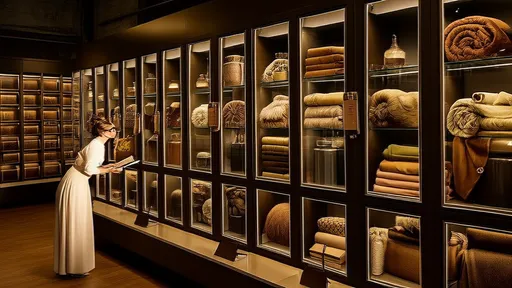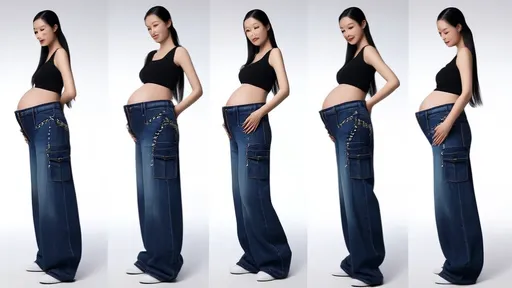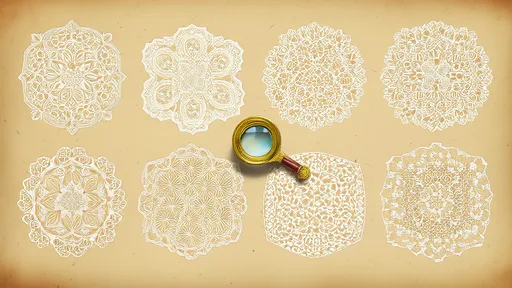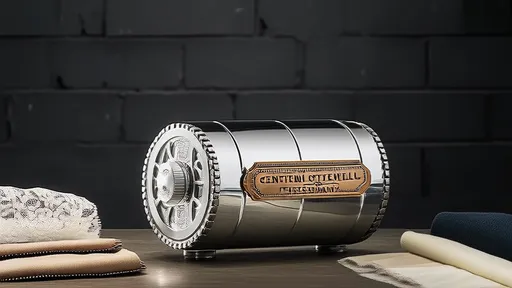The world of textiles has long been intertwined with the art of perfumery, creating a sensory experience that transcends mere visual appeal. For centuries, fabrics have been imbued with fragrances that evoke memories, emotions, and even status. The concept of a "Scent Museum" dedicated to preserving and celebrating these olfactory textiles offers a fascinating journey through time, exploring how scent and fabric have danced together in an enduring partnership.
From the opulent courts of Renaissance Europe to the bustling markets of ancient Persia, scented textiles have played a pivotal role in human culture. The practice of infusing fabrics with fragrance dates back to antiquity, where nobles would drape themselves in perfumed silks to signify wealth and power. These textiles were not merely garments; they were statements, carrying with them the essence of exotic lands and meticulous craftsmanship. The Scent Museum's collection of these historical pieces provides a rare glimpse into how scent was as much a part of fashion as color or texture.
One of the most intriguing aspects of the exhibit is its focus on the techniques used to create these fragrant textiles. Traditional methods involved soaking fabrics in floral waters or embedding them with aromatic resins. In some cultures, artisans would layer fabrics with dried herbs and flowers, allowing the natural oils to permeate the fibers over time. The museum showcases these processes through interactive displays, allowing visitors to appreciate the labor-intensive artistry behind each scented textile. It’s a testament to human ingenuity—how our ancestors found ways to make the ephemeral nature of scent linger in something as tangible as cloth.
The exhibit also highlights the cultural significance of these fragrances. In Japan, for instance, the practice of kōdō, or the "way of incense," extended to textiles, where kimonos were often lightly scented with sandalwood or aloeswood to reflect the changing seasons. Meanwhile, in medieval Europe, lavender-infused linens were believed to ward off illness and evil spirits. The Scent Museum doesn’t just display these textiles; it tells their stories, revealing how scent was woven into the very fabric of daily life across different civilizations.
Moving into the modern era, the exhibit explores how industrialization changed the relationship between scent and textiles. The advent of synthetic fragrances in the 19th century made scented fabrics more accessible, but also led to a decline in the artisanal methods of the past. Yet, even today, high-end designers continue to experiment with fragranced textiles, proving that the allure of scented fabric endures. The museum features contemporary pieces from avant-garde designers who are reimagining this ancient tradition for the 21st century, blending cutting-edge technology with timeless elegance.
Perhaps the most poignant part of the exhibit is its exploration of memory and scent. Textiles have a unique ability to retain fragrance, often becoming time capsules of personal and collective history. A wedding dress preserved with the faintest trace of orange blossom, a soldier’s uniform carrying the smokiness of campfires—these are the threads that connect us to the past. The Scent Museum invites visitors to reflect on their own olfactory memories, encouraging them to consider how scent shapes their experiences and identities.
As the exhibit draws to a close, it leaves visitors with a profound appreciation for the intersection of scent and textiles. This isn’t just a display of beautiful fabrics; it’s a celebration of a sensory legacy that has endured for centuries. The Scent Museum’s dedication to preserving these fragrant artifacts ensures that future generations will continue to be enchanted by the magic of perfumed textiles, reminding us that sometimes, the most powerful stories are those we can smell.

By /Jul 16, 2025

By /Jul 16, 2025

By /Jul 16, 2025

By /Jul 16, 2025

By /Jul 16, 2025

By /Jul 16, 2025

By /Jul 16, 2025

By /Jul 16, 2025

By /Jul 16, 2025

By /Jul 16, 2025

By /Jul 16, 2025

By /Jul 16, 2025

By /Jul 16, 2025

By /Jul 16, 2025

By /Jul 16, 2025

By /Jul 16, 2025

By /Jul 16, 2025

By /Jul 16, 2025